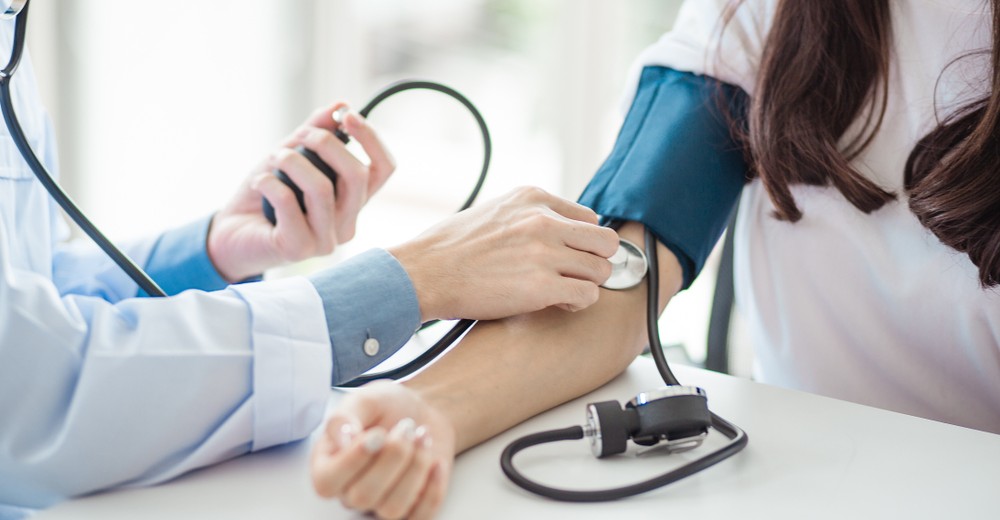Handwashing is one of the simplest yet most effective ways to stay healthy. By removing germs and bacteria from your hands, you can significantly reduce the risk of illness and protect those around you. In this guide, we’ll dive into the importance of handwashing, explore its benefits, and share practical tips to make proper hand hygiene a daily habit.
Why Handwashing Matters
Your hands are in constant contact with the world—touching surfaces, shaking hands, or handling food. These interactions make your hands a breeding ground for germs, including bacteria and viruses that can cause illnesses like colds, flu, and gastrointestinal infections. The handwashing benefits extend far beyond personal health, playing a critical role in public health by preventing the spread of infectious diseases.
Handwashing is especially vital in:
- Reducing Respiratory Infections: Proper hand hygiene can lower the risk of catching or spreading viruses like the flu or common cold.
- Preventing Foodborne Illnesses: Washing hands before cooking or eating removes harmful bacteria like E. coli and Salmonella.
- Protecting Vulnerable Populations: Regular handwashing helps shield children, the elderly, and those with weakened immune systems from infections.
- Stopping Germ Transmission: Clean hands prevent germs from spreading to surfaces, food, or other people.
The Science Behind Handwashing Benefits
Handwashing works by physically removing dirt, germs, and microbes from your skin. Soap enhances this process by breaking down oils and trapping germs, which are then rinsed away with water. According to health experts, washing your hands for at least 20 seconds can eliminate up to 99% of pathogens.
Key ways handwashing benefits your health include:
1. Reduces Risk of Common Illnesses
Frequent handwashing can cut the risk of respiratory and diarrheal illnesses by up to 50%. This is especially important during cold and flu season or in crowded environments like schools and workplaces.
2. Prevents Spread of Antibiotic-Resistant Bacteria
Proper hand hygiene helps combat the spread of antibiotic-resistant bacteria, which are harder to treat and pose a growing global health threat.
3. Protects Against Gastrointestinal Infections
Handwashing benefits your digestive health by preventing infections caused by germs like norovirus, which can lead to severe stomach issues.
4. Supports Community Health
When everyone practices good hand hygiene, it creates a ripple effect, reducing the overall spread of diseases in communities.
How to Wash Your Hands Properly
To maximize the handwashing benefits, technique matters. Follow these steps recommended by health authorities:
- Wet Your Hands: Use clean, running water (warm or cold).
- Apply Soap: Lather all surfaces, including the backs of your hands, between fingers, and under nails.
- Scrub for 20 Seconds: Sing “Happy Birthday” twice to ensure you’re scrubbing long enough.
- Rinse Thoroughly: Remove all soap and germs under running water.
- Dry Completely: Use a clean towel or air dry to avoid recontamination.
Wash your hands at key times, such as:
- Before eating or preparing food
- After using the restroom
- After coughing, sneezing, or blowing your nose
- After touching high-contact surfaces (e.g., doorknobs, public transit)
- After handling garbage or pets
Tips to Make Handwashing a Habit
Incorporating handwashing into your daily routine is easy with these strategies:
- Keep Soap Accessible: Place soap dispensers in convenient locations like bathrooms, kitchens, and workplaces.
- Use Fun Products: Choose scented soaps or colorful dispensers to make handwashing enjoyable, especially for kids.
- Set Reminders: Post signs in restrooms or use apps to prompt regular handwashing.
- Teach Kids Early: Show children proper handwashing techniques through games or songs to build lifelong habits.
- Carry Hand Sanitizer: When soap and water aren’t available, use an alcohol-based sanitizer with at least 60% alcohol.
Debunking Handwashing Myths
Misconceptions about handwashing can undermine its effectiveness. Let’s clear up a few:
- Myth: Hand sanitizer is as effective as handwashing.
Truth: Sanitizer is a good backup but doesn’t remove dirt, grease, or all germs as effectively as soap and water. - Myth: Hot water is necessary for handwashing.
Truth: Water temperature doesn’t impact germ removal; the key is using soap and scrubbing thoroughly. - Myth: You only need to wash your palms.
Truth: Germs hide on all hand surfaces, so lather everywhere, including wrists and under nails.
The Bigger Picture: Handwashing and Public Health
The importance of handwashing extends beyond individual health. During pandemics or outbreaks, hand hygiene is a frontline defense against disease spread. By washing your hands regularly, you contribute to a healthier community, reduce healthcare costs, and help prevent overwhelmed medical systems.
Make Handwashing a Priority
The handwashing benefits are clear: it’s a simple, cost-effective way to prevent illness, protect your loved ones, and promote public health. By mastering proper handwashing techniques and making it a daily habit, you can take control of your well-being and reduce the spread of germs.
Start today—lather up, scrub for 20 seconds, and enjoy the peace of mind that comes with clean hands!

